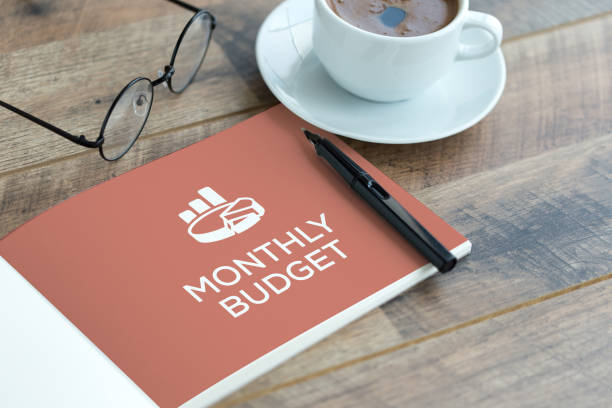Mastering the Art of Budgeting: A Beginner’s Guide to Financial Freedom
Budgeting may not sound glamorous, but it’s one of the most powerful tools you can use to gain control over your finances. Whether you’re trying to pay off debt, save for a big purchase, or simply stop living paycheck to paycheck, budgeting can help you get there. In this beginner’s guide, we’ll break down budgeting into simple, practical steps so you can finally feel empowered about where your money goes—and why.

1. Understand Why Budgeting Matters
A budget is not a restriction—it’s a plan for how to spend your money with intention. Without a budget, it’s easy to overspend on small things and lose track of your goals. Budgeting helps you:
- Track your income and expenses
- Avoid debt and build savings
- Plan for both short-term and long-term goals
- Reduce financial stress
2. Know Your Income
Start by calculating your total monthly income. This includes your salary, freelance work, rental income, or any other source of money that reliably comes in each month. Use your net income (after taxes) for the most accurate picture.
3. Track Your Spending
Before you can build a realistic budget, you need to know where your money is going. For a full month, record every expense—whether it’s bills, groceries, coffee, or online shopping. You can use a budgeting app like Mint, YNAB (You Need a Budget), or even a simple Excel sheet.
4. Categorize Your Expenses
Group your spending into categories such as:
- Essentials: rent, groceries, utilities, transportation
- Financial goals: savings, investments, debt repayment
- Lifestyle: dining out, entertainment, subscriptions
This step helps you see where you can cut back and where you’re already doing well.
5. Choose a Budgeting Method
There’s no one-size-fits-all approach, but here are a few popular methods:
- 50/30/20 Rule: 50% needs, 30% wants, 20% savings and debt repayment
- Zero-Based Budgeting: Assign every dollar a job so income minus expenses equals zero
- Envelope System: Allocate cash into envelopes for each category to prevent overspending
Choose the one that aligns with your goals and lifestyle.
6. Build an Emergency Fund
A key part of budgeting is preparing for the unexpected. Aim to save 3–6 months’ worth of living expenses in an emergency fund. This money can be a lifesaver in case of job loss, medical emergencies, or car repairs.
7. Automate Where Possible
Automating your finances ensures consistency. Set up auto-payments for bills and automatic transfers to savings. This reduces the chance of missing payments and builds positive habits effortlessly.
8. Review and Adjust Monthly
Your budget should evolve with your life. Each month, review your actual spending vs. your plan. Did you overspend in one area? Did you save more than expected? Use this data to fine-tune next month’s budget.
9. Avoid Common Budgeting Pitfalls
- Being too strict: Leave room for fun or you’ll be more likely to quit
- Not accounting for irregular expenses: Gifts, annual fees, or car maintenance add up
- Ignoring small purchases: They can add up faster than you think
10. Celebrate Small Wins
Set milestones—like saving your first $500 or paying off a credit card—and celebrate when you hit them. These moments keep you motivated and reinforce your progress.
Conclusion:
Budgeting is more than just math—it’s a mindset. By taking control of your spending and aligning it with your values, you can reduce financial stress and work toward the life you really want. Start small, be consistent, and watch how empowering it feels to tell your money where to go instead of wondering where it went.
